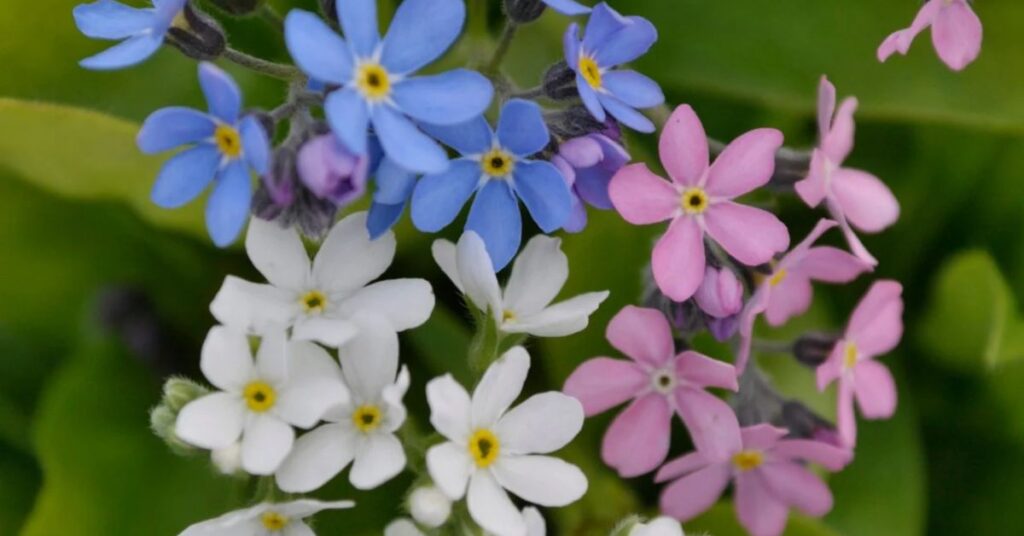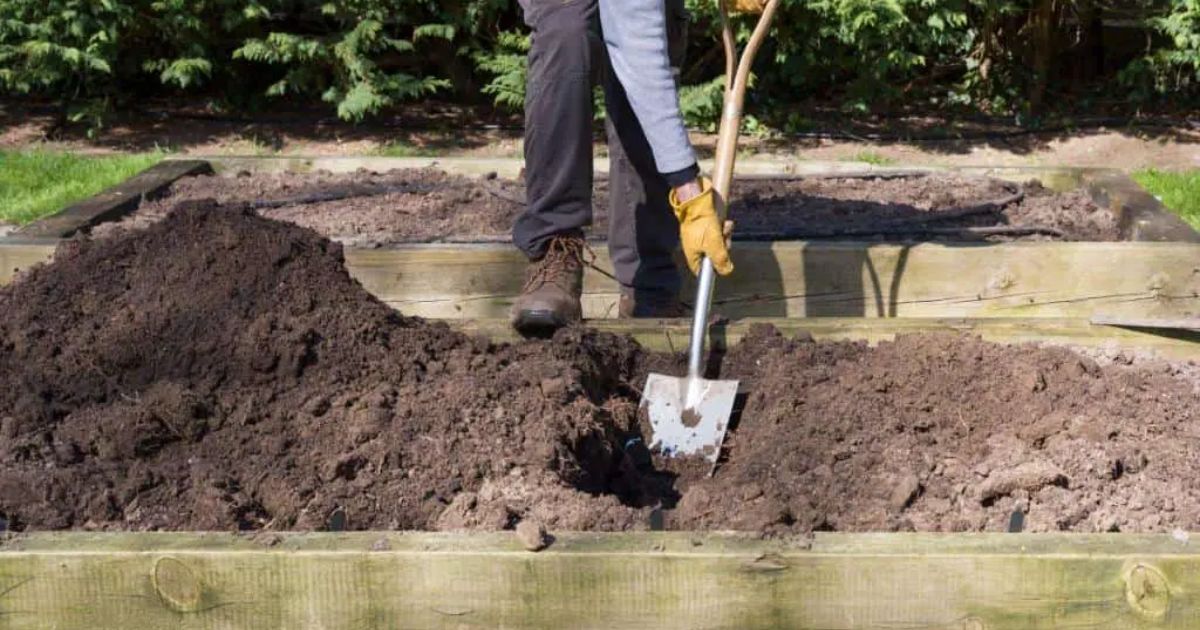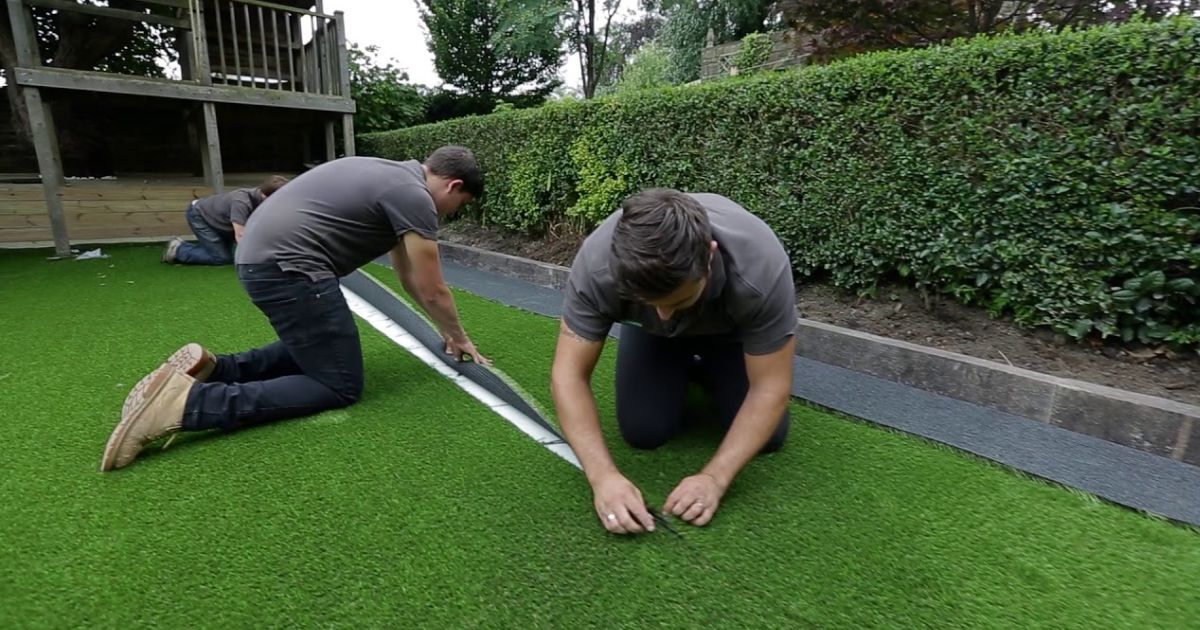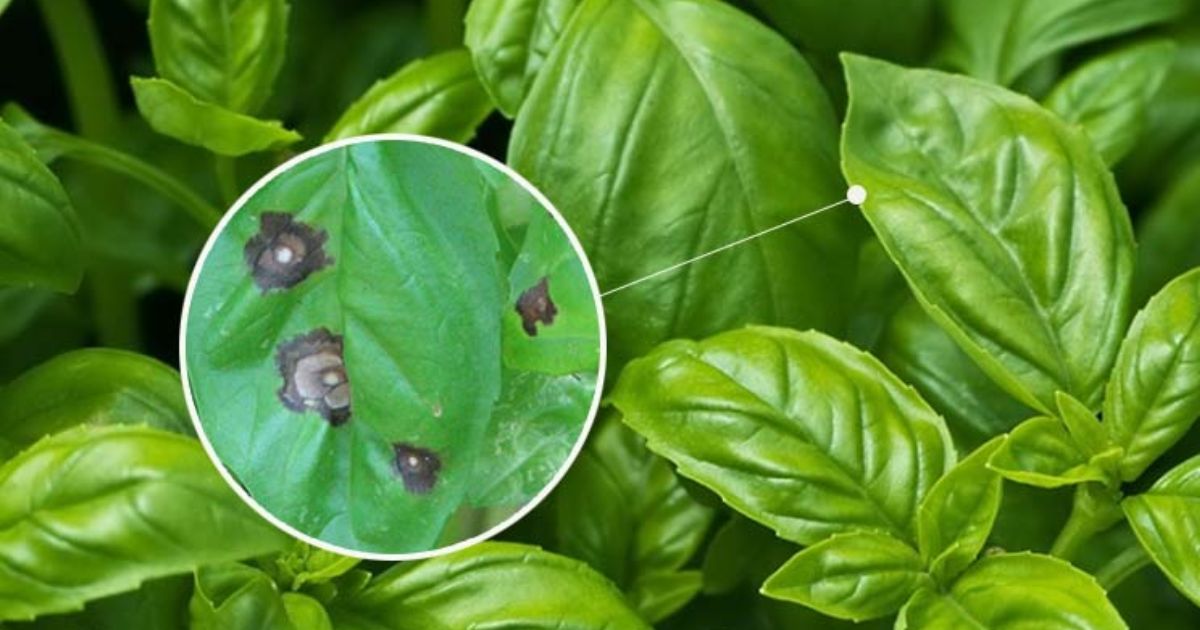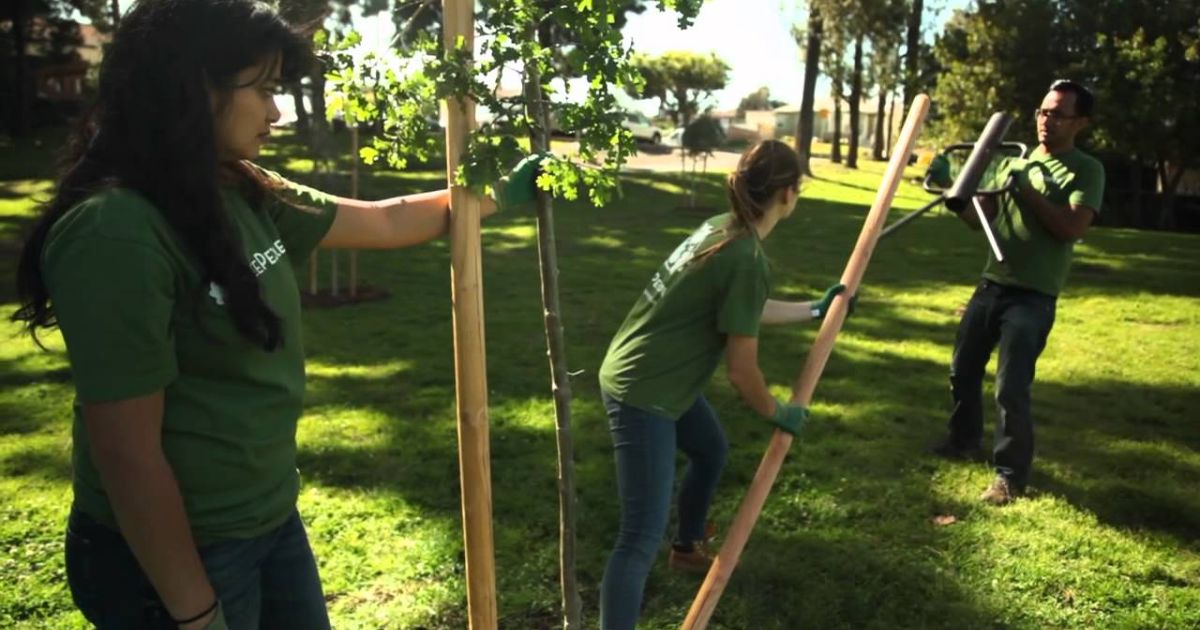Forget-me-nots are charming, delicate flowers that bring adds beauty and a hint of nostalgia to any garden. Popular among gardeners seeking to add a pop of color to flower beds, borders, and other areas, these charming blossoms are distinguished by their vivid blue petals and tiny golden centers. But forget-me-nots are more than just pretty flowers. They carry deep symbolic meaning, often representing remembrance, true love, and enduring connections. Whether you want to honour a loved one or enjoy their effortless beauty, growing forget-me-nots is a rewarding experience.
The best part? They’re easy to grow and care for, making them perfect for beginners and seasoned gardeners. In this guide, we’ll walk you through everything you need to know about increasing forget-me-nots—from choosing the right location and planting them to caring for them throughout the seasons.
What is Forget-Me-Not?
Forget-me-not is a delicate and charming wildflower known for its stunning blue blossoms and deep symbolic meaning. A member of the Boraginaceae family, The No-Brainer Guide to Starting Seeds Indoors it shares its botanical lineage with plants like borage and comfrey.
Diversity
Belonging to the genus Myosotis, forget-me-nots encompass over 150 species. They are primarily native to Europe and Asia, though they have spread to various regions worldwide.
Growth Habit
Depending on the species, these flowers can be hardy perennials or annuals. Their size varies; some grow as tall as 2 feet (60 cm), while others remain just a few inches high.
Flowers & Blooming Season
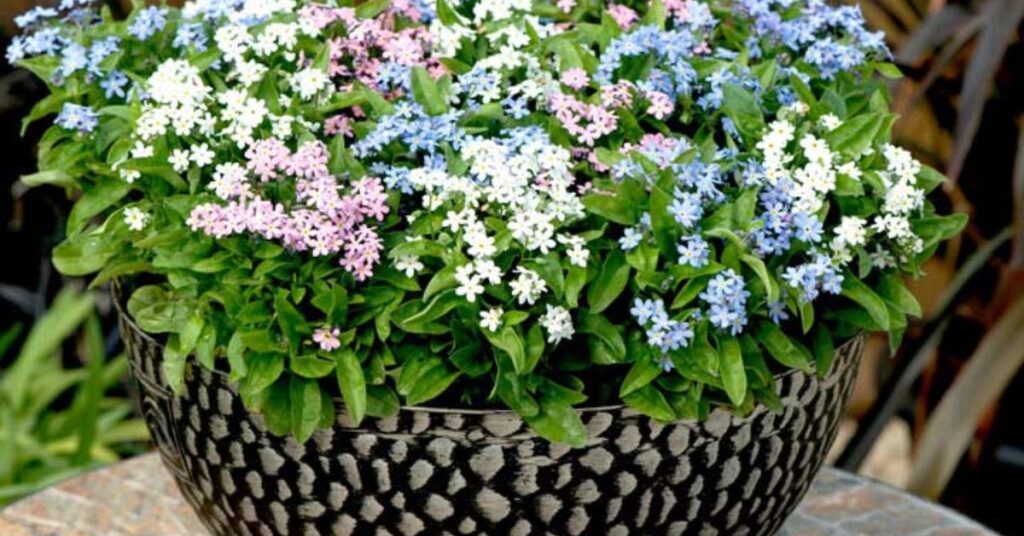
Forget-me-nots produce clusters of tiny, delicate flowers, typically in shades of blue, but they can also appear in pink or white. They bloom in spring and summer, offering a long-lasting burst of colour and beauty in gardens.
Pollinator Attraction
A favourite among bees, butterflies, and other pollinators, forget-me-nots make an excellent addition to pollinator-friendly gardens.
Uses & Adaptability
Forget-me-nots thrive in a variety of soils and environments. They are commonly found in borders, rock gardens, and woodland settings. Beyond their aesthetic appeal, where can i buy forget me not plants some species have been utilized in conventional medicine due to its anti-inflammatory and diuretic qualities.
Self-Seeding & Low Maintenance
These flowers are prolific self-seeders, naturally regenerating each year with minimal effort. Their easy-to-grow nature makes them perfect for beginners or gardeners seeking low-maintenance plants.
Hardiness
Forget-me-nots can flourish in USDA zones 3 to 9, though specific species have varying tolerances. For instance, wood forget-me-not (Myosotis sylvatica) is hardy in zones 3 to 8, while water forget-me-not (Myosotis scorpioides) can withstand warmer climates in zones 5 to 9.
Symbolism of Forget-Me-Not
Forget-me-nots symbolize remembrance, true love, and faithfulness. They are often gifted to loved ones parting ways, signifying an enduring connection despite the distance. As such, they are sometimes linked to homesickness or longing for someone far away.These flowers hold special significance in Alaska, where they are recognized as the state’s official flower.
Forget-Me-Not in History
The forget-me-not’s association with remembrance dates back to the Middle Ages in Europe, when it was thought that wearing a flower sprig would make the person memorable.According to a well-known Germanic tradition, a warrior fell into a river while gathering forget-me-nots for his beloved. As he was swept away, he tossed the flowers to her, calling out, “Forget me not!”—a sentiment cemented the flower’s lasting symbolism.
Throughout history, 10 Common Seed Starting Mistakes and How to Fix Them forget-me-nots have been cherished by various figures and organizations. Queen Victoria was particularly fond of them, incorporating them into her wardrobe and wedding bouquet. The Freemasons have also adopted the forget-me-not as a symbol of their dedication to charitable work and philanthropy.
How Long do Forget-me-nots Take to Grow
Forget-me-nots typically take 8 to 12 weeks to grow from seed to full bloom. The germination process starts within 7 to 14 days, and the plants mature over the following weeks. You can expect flowers by late spring or early summer if you plant them in early spring. Perennial varieties may take longer in their first year but will return and bloom faster in subsequent seasons.
Forget-Me-Not Care
Here are the essential care guidelines for growing woodland forget-me-nots:
- Thrives in either partial shade or full sun, favoring dappled light.
- It requires consistently moist soil, so do not allow it to dry out.
- Tolerates both heat and cold but dislikes intense heat.
- Prefers nutrient-rich soil supplemented annually with compost or fertilizer.
Warning
forget me not planting from seeds reseed aggressively and are considered invasive in some regions, particularly in the Midwest and Wisconsin.
Light Requirements
In northern climates, forget-me-nots grow well in full sun or partial shade, though they prefer dappled light. In southern regions, they should be given afternoon shade to avoid excessive exposure to intense sunlight.
Soil Preferences
These flowers thrive in well-drained, The Best Containers organically rich soil that remains consistently moist. While they prefer neutral pH, they can tolerate slightly acidic or alkaline conditions.
Watering Needs
Forget-me-nots favour wet conditions and can handle muddy or waterlogged soil, making them ideal for planting near ponds, streams, or bogs. The more sun they receive, the more water they require.
Temperature & Humidity
In USDA zones 3 to 9, forget-me-nots can withstand heat and cold. They do not require winterization unless grown in frigid climates. However, they are susceptible to powdery mildew in hot, humid summers, making them less suitable for such environments.
Fertilization
Feed forget-me-nots annually with compost or a general-purpose fertilizer, following the label instructions for proper application.
Types of Forget-Me-Nots
There are approximately 100 species of buy forget me not plants, often referred to as “scorpion grass.” Some species have been historically used for medicinal purposes, including wound treatment.
Common Forget-Me-Not Species
- Small-Flowered Forget-Me-Not (Myosotis stricta)
- Broadleaf Forget-Me-Not (Myosotis latifolia)
- Water Forget-Me-Not (Myosotis scorpioides)
- Field Forget-Me-Not (Myosotis arvensis)
- Alpine Forget-Me-Not (Myosotis asiatica)
Popular Myosotis sylvatica Cultivars
These cultivars offer variations in flower colour, plant size, and growth habits:
- Blue Basket – Taller with deep blue flowers
- Music – Large, deep blue flowers
- Pompadour – Compact with pink flowers
- Snowball – White flowers
- Ultramarine – Small plant with deep blue flowers
- Victoria Blue – Compact growth
- Victoria Rose – Pink flowers
- Victoria White – White flowers
Pruning
Forget-me-nots generally require little pruning. However, you can trim away excess growth or remove dead branches anytime. The best time to prune overgrowth is immediately after flowering.To prevent unwanted spreading, use sterilized pruners to cut spent flowering stalks at the base. Since forget-me-nots self-seed easily, How Banana Flowers once established, they will return year after year unless actively managed.
Propagating Forget-Me-Nots
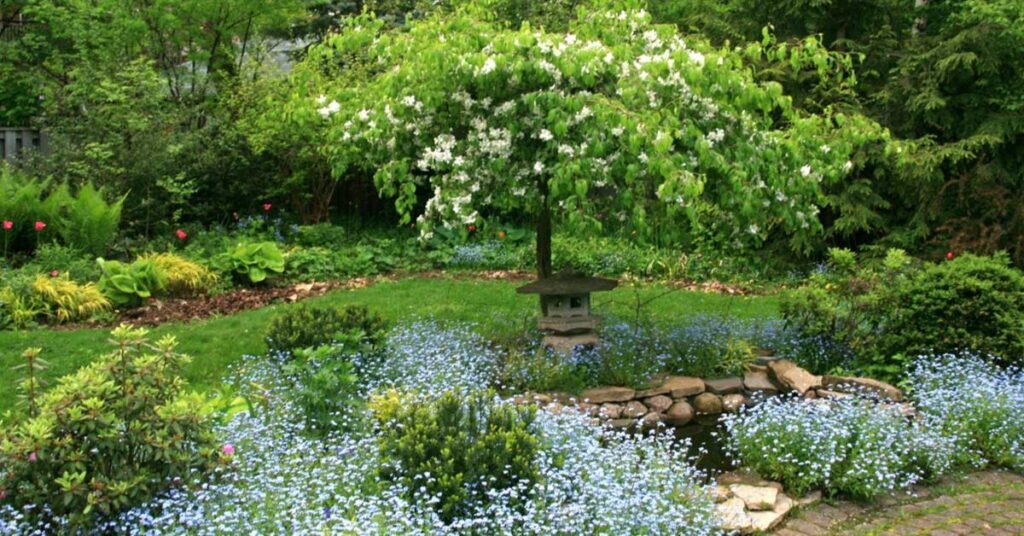
Forget-me-nots can be propagated through seeds or division. To divide them:
- Dig up plants that have spread beyond their original area.
- Transplant them in early spring, What is Damping Off Disease placing them in holes at the same depth they were previously growing.
- Space transplants are about 10 inches apart.
- Water thoroughly to help them settle in their new location.
With minimal care, forget-me-nots will thrive and provide a lasting display in your garden for years!
Common Pests and Plant Diseases
Forget-me-nots are generally resistant to most garden pests but can occasionally attract aphids, slugs, and snails.
- Aphids – These small sap-sucking insects can be managed by spraying the plant with water or wiping them off by hand.
- Slugs and snails—These pests can be controlled by hand-picking and dropping them into soapy water. For severe infestations, place sunken bowls of beer around the plants. The fermentation attracts the pests, who then drown in the liquid. Refresh traps regularly until no more slugs or snails appear.
Common Diseases
Forget-me-nots are susceptible to two central fungal diseases:
- Leaves with powdery mildew have a white, powdery coating. While not usually fatal, it affects the plant’s appearance. Avoid overhead watering to reduce the risk.
- Rust – Causes reddish-brown spots on leaves and stems. Removing affected foliage and ensuring good air circulation can help prevent its spread. The Best Plants for a Bathroom
Common Problems & Solutions
Managing Growth
forget me not plants for sale are prolific self-seeders and can quickly spread throughout a garden. To control their growth:
- Remove seed heads or flowering stalks as soon as the flowers fade.
- Dig up and transplant unwanted seedlings to another part of your garden.
- If necessary, remove excess plants entirely to prevent overgrowth.
Wilting Leaves
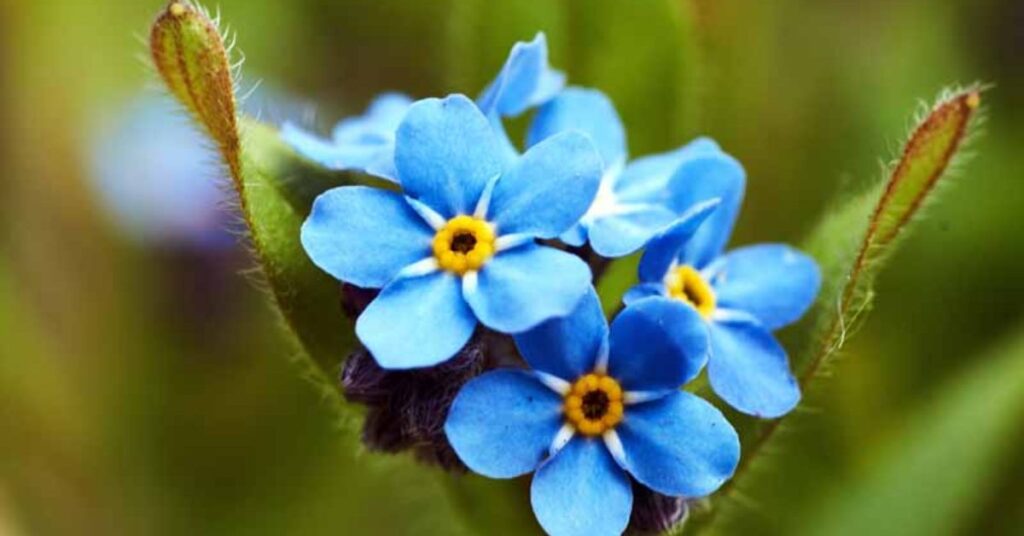
forget me not seeds thrive in moist soil, but improper watering can cause issues:
- Crispy, dry leaves – Indicates the plant is not getting enough water. Increase watering.
- Limp, wilting leaves – Suggests overwatering. Reduce watering and improve soil drainage.
- If the problem persists, consider replanting in better-draining soil.
With proper care, forget me nots from seeds will flourish and provide long-lasting beauty in your garden!
Where can I Buy Forget Me, not Plants
You can buy forget me not seedlings plants from various places, both online and in physical stores. Here are some of the best options:
Online Stores:
- Amazon: Offers forget-me-not seeds and live plants with customer reviews.
- Etsy: Features a variety of seeds and plants from independent sellers.
- Burpee: A trusted gardening site with high-quality seeds and plants.
- Home Depot & Lowe’s: Their websites often have live plants for delivery.
- Local Nursery Websites: Many garden centres sell forget me nots seeds online for pickup or delivery.
Physical Stores & Nurseries:
- Local Garden Centers: Check nearby plant nurseries for fresh, healthy plants.
- Home Improvement Stores: Lowe’s, Home Depot, and Walmart often carry them in the gardening section.
- Farmers’ Markets: Some local growers sell forget-me-nots, especially in spring.
- Botanical Gardens: Occasionally, botanical gardens and plant expos sell unique varieties.
Conclusion
Growingforget me not seedlings is a simple yet rewarding experiencethat enhances any garden’s beauty and charm. These tiny blossoms are simple to cultivate and self-seed effortlessly, ensuring that their vibrant blooms return year after year. Whether you plant them in garden beds, along pathways, or in containers, forget-me-nots create a picturesque, cottage-garden feel that attracts pollinators and brightens up any space.
You can enjoy these enchanting flowers with minimal effort by providing the right conditions—adequate sunlight, moist soil, and occasional maintenance. Plus, their deep symbolism of remembrance and love makes them a meaningful addition to any garden.So why not start growing images forget me not flowers today? With some care and patience, you’ll have a stunning display of these timeless flowers in no time.
FAQ
How long does it take for forget-me-not seeds to germinate?
Under the right conditions, forget me not seedling typically take 7 to 14 days to germinate. For optimal growth, they need moist soil, indirect sunlight, and temperatures around 65-70°F (18-21°C).
Can forget-me-nots grow indoors?
Yes, forget-me-nots can be grown indoors in containers. Ensure they receive plenty of indirect sunlight and are planted in well-draining soil.
Do forget-me-nots bloom all year round?
No, forget-me-nots usually bloom in spring and early summer. However, in cooler climates, they may continue blooming into early fall. Deadheading spent flowers can help encourage prolonged blooming.
Are forget-me-nots toxic to pets?
Forget-me-nots (Myosotis species) are non-toxic to pets, making them a safe choice for gardens with dogs and cats. However, always check the specific variety, as some look-alike plants may be harmful.

